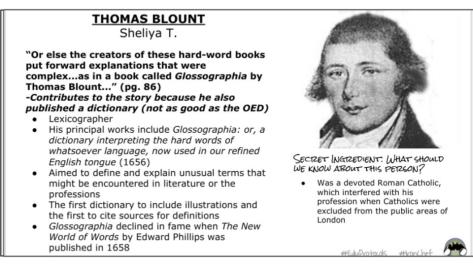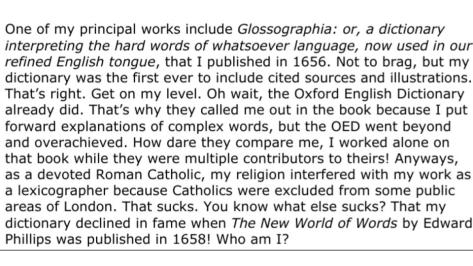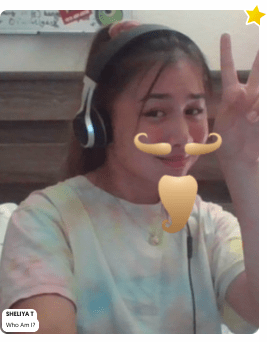Students in my 11th grade US History class typically read four non-fiction books in addition to their History textbook. I have noticed that their note-taking skills, attention to detail, and recall of historical figures in the text need to improve. As students advance through upper-division work text complexity increases, yet the amount of reading instruction decreases. This can result in real problems in college where professors expect their students to do three hours of reading in the subject-area for every hour they spend in class. This post will describe an instructional sequence that helps students focus on the historical characters in a nonfiction reading using an Iron Chef protocol, a Who Am I? narrative writing technique, and a video response system that improves student speaking and listening skills.
Iron Chef
Eduprotocol authors Marlena Hebern and Jon Corippo developed this tool to help students flex quick research reps in 15 minutes or less. For this pre-reading activity, I listed the historical figures in The Professor and the Madman and assigned them via number on my class roster. Students research the individual, note key details and page number(s) they appeared on in the book, and for the secret ingredient add what we should know/remember about this person. The slide below is an example of what a student can create in less than one class period. Students build their own study guide that they can refer back to and add to as they read.

Who Am I? A First Person Protocol
The next step is to have students turn their slide research into a first person narrative. Even if students mostly copied information from Wikipedia into their Iron Chef slide, now they have to do the literary heavy lifting of converting it from the third person into the first person. This student has done an excellent job with a minor historical figure from The Professor and the Madman and has even slipped her own confident personality into her script. I can’t wait to see what she does with her video.

Flipgrid – Engage Your Students in Speaking and Listening
The last step involves using Flipgrid, a free video-response platform that helps students learn via their own videos. For this assignment, the students have to speak for one minute giving the viewer clues as to the historical figure’s identify. As the grid populates with videos, students can view them, take notes, and learn who is who before they take a quiz made up of ten randomly selected videos.
This video shows how students can be creative and have fun when engaged in this instructional sequence. Flipgrid tracks the analytics for each grid, which allowed me to see that my students viewed each others videos a total of 2,764 times prior to the quiz. That adds up to 43 hours of study time on the characters in a book they haven’t read yet. What do you think will happen when they encounter each character in the text?
Big Takeaways
What I like about this instructional sequence is that each day builds on what students created the day before. If they didn’t try very hard with the research they put into their Iron Chef slide, then they will struggle to write a Who Am I? speech. If they didn’t put some effort and creativity into their script, then they will have trouble making an interesting video. If they didn’t review their classmates’ videos, then they probably won’t do very well on the quiz.
Teaching students to show up and work hard every day is the most important work we can do as teachers. I have used this instructional sequence to help my students learn about Historical Eras, Enlightenment Philosophes, and people in the Civil Rights Movement. These activities have increased effort and engagement in my classes. Feel free to remix them for your class and subject matter. All I ask is that you leave a comment or tag me in a tweet @scottmpetri and let me know how they work for you.